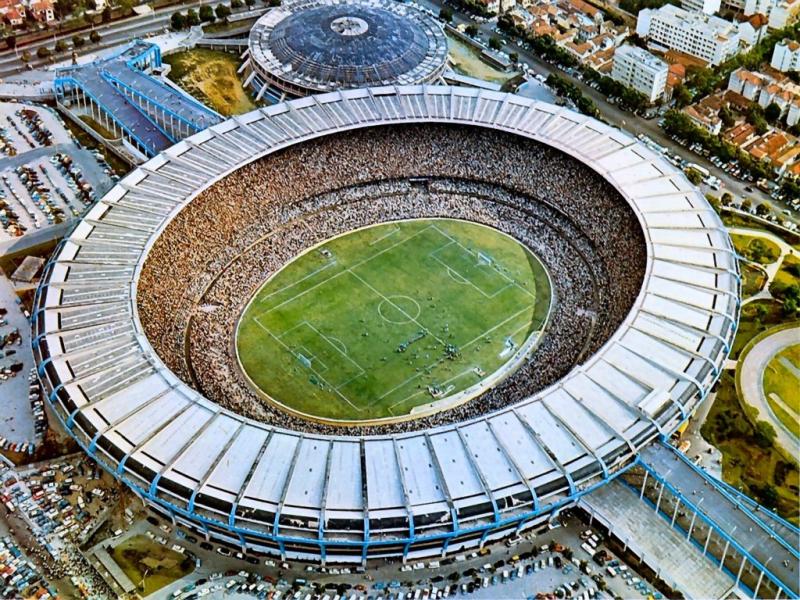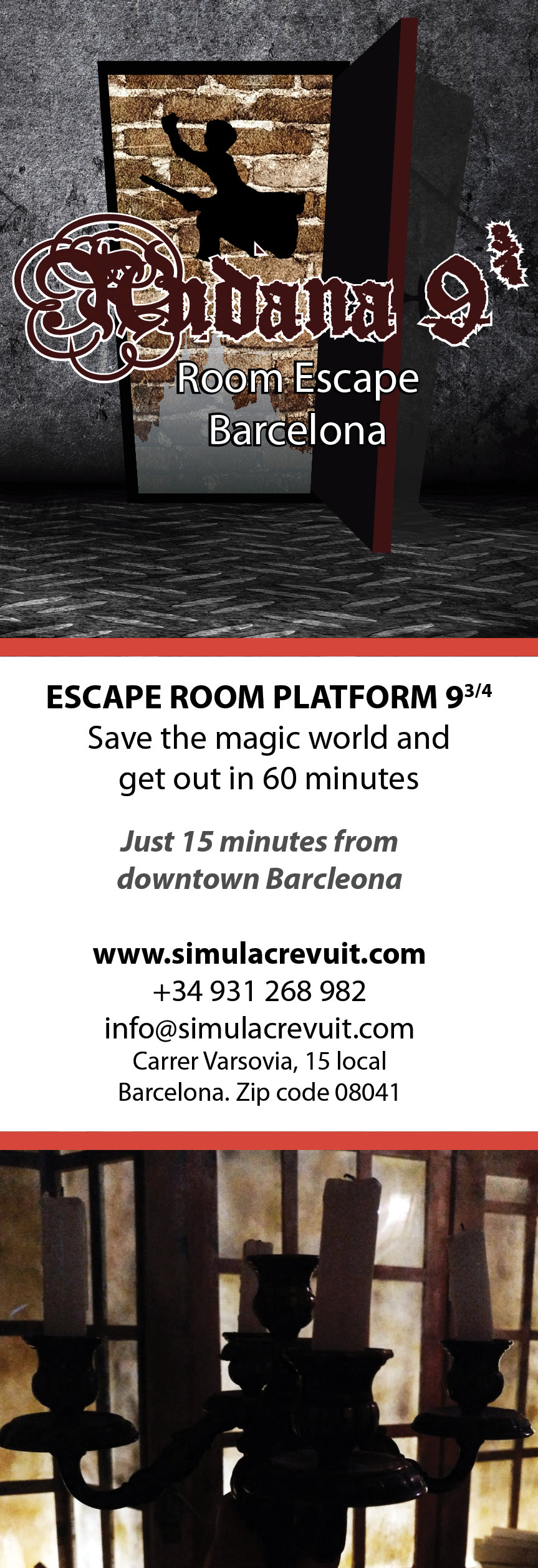
Your Guide to the FIFA World Cup Stadia in Brazil
By James Drakeford
Built for the 1950 FIFA World Cup Brazil, the Estadio Jornalista Mario Filho, better known as the Maracana, provided the venue for that year’s truly memorable decider between the host nation and Uruguay, one of the most dramatic chapters in the history of the competition.
The Rio de Janeiro stadium will be in the limelight once again at Brazil 2014, hosting seven games in all, more than any other venue. As one of the most iconic stadiums in the world, it will of course play host to the final.
Once the largest stadium on the planet, packing in crowds of up to 200,000 – among the highest attendances ever seen in the history of the game – the Maracana now has a reduced capacity of 73,531 for Brazil 2014. It remains, nevertheless, the country’s biggest football ground.
Respecting the original layout of the stadium, the project for its refurbishment included the demolition of the lower ring of seats, the construction of a new ring offering improved visibility, the expansion of the access ramps and the replacement of all seating. The stadium is also be fitted with a new roof complete with a rainwater collection system. The facade, which has been listed by the National Institute of Historical and Artistic Heritage, remains untouched.
Arena de Sao Paulo
This stadium will host the opening match, plus a semi-final and four other games. Afterwards it will be the home of Corinthians, one of Brazil’s best supported clubs, whose fans include the former president Lula Inácio de Silva. As home to Brazilian giants Corinthians, the pitch is exactly 777 metres (2,549 ft) above sea level as the number 77 is in many Corinthians fans’ hearts for a number of reasons. The club is firstly located at 777 São Jorge Street and in 1977 the team won one of their most celebrated championships of all time, the Campeonato Paulista.
The stadium will have a capacity of 48,000 seats, however in order to qualify for hosting the opening match FIFA requires a minimum capacity of 65,000, hence a total of 20,000 removable seats will be installed at the stadium during the World Cup. These will be removed after. Arena Corinthians will be located in the east of the city of São Paulo, in the Itaquera area, about 17 kilometres from São Paulo’s downtown.
Belo Horizonte, Estadio Mineirao
Mineirão, officially called Estádio Governador Magalhães Pinto, was built to provide the city of Belo Horizonte with a larger alternative for Estádio Independência, then the prime venue of the city. The stadium, projected with a capacity of 130,000 spectators, was meant to become the most modern stadium of Brazil and the new home of Atlético Mineiro and Cruzeiro.
The Mineirão has been graced by the likes Brazilian legends such as Ronaldo, Tostão, Reinaldo and Dario, fully ingraining itself in Brazilian football folklore. Known for its buzzing atmosphere on match days, the stadium is a favourite of the national team and has hosted a number of classic clashes against arch-rivals Argentina in the past. Will host a semi-final and five other games, but looks likely to be filled long after 2014. This is the home ground of Cruzeiro, who drew a crowd of 132,800 as recently as 1997.
The stadium’s accessibility has been improved, while the pitch has been lowered to offer better visibility from all corners of the arena. It’s also another of Brazil’s stadiums committed to sustainability; the Mineirão will be able to retain and reuse up to 6,270,000 litres of rainwater.
Brasilia, Estadio Nacional
Brasilia’s brand new Estadio Nacional de Brasilia has been built in place of the recently dismantled Estadio Nacional Mané Garrincha and was unveiled in May 2013. The environmentally friendly Nacional stadium - which aims to be carbon neutral - can hold more than 70,000 spectators, making it the second largest arena to feature at the 2013 Confederations Cup and the 2014 World Cup in Brazil. The ground will eventually be covered by a 90,000-square-meter self-cleaning membrane that will supposedly retain heat, allow the passage of natural light and remove air pollution—a primary focus of the country, which has invested heavily on eco-friendly projects across the 12 locations.
The stadium will play host to fixtures throughout the World Cup in 2014, including one Round of 16 tie, the quarter-finals and the third place play-off. To some, the new arena will always be known as the Mané Garrincha, a name attributed to its predecessor in honour of the Brazilian football legend of the same name. Garrincha won two World Cups for his country, playing alongside Pelé in what’s considered to be one of the greatest national sides of all time.
Fortaleza, Estadio Castelao
Located in one of Brazil’s football stongholds, the refurbished stadium is sure to draw strong crowds for the two biggest local clubs, Ceara and Fortaleza after the World Cup finishes. Arena Castelão, originally called Estádio Governador Plácido Aderaldo Castelo, opened on the 11th of November 1973 with a match between Ceará and Fortaleza (0-0).
The stadium was built at the initiative of state governor Plácido Castelo, after whom the stadium got subsequently named. It soon got referred to as Castelão though after the area it stands in. Castelão initially consisted of one small continuous oval-shaped tier and large ramps at both sides. The stadium did not have cover yet and could hold about 70,000 fans. In 1980, the second tier was extended over the entire stadium, and soon after an estimated 118,000 people attended an international between Brazil and Uruguay. Known for its passionate fans, the people of Fortaleza will be looking forward to hosting a number of matches at the tournament. The Castelão boasts a capacity of 58,704 so expect noise, lots of it!
Salvador, Arena Fonte Nova
The first capital city in Brazil’s history, Salvador will welcome the 2014 FIFA World Cup Brazil™ at a new, purpose-built stadium with a capacity of 52,048. The new arena will host six games at the tournament and has been constructed on the site of the Fonte Nova.
Officially known as the Estadio Octavio Mangabeira, the Fonte Nova was opened on 28 January 1951 and was the venue for many a derby between Salavador’s Esporte Clube Bahia and Esporte Clube Vitoria. It was closed in November 2007 and subsequently demolished three years later.
The stadium that has risen in its place, the Arena Fonte Nova, has been based on its predecessor and is covered by a lightweight, metal roof. Modelled on Hannover 96’s AWD–Arena which hosted a few games at the 2006 World Cup in Germany, this stadium is a 20 minute walk away from the centre of Salvador and includes all your swanky facilities including a panoramic restaurant and museum.
Porto Alegre, Estadio Beira-Rio
Located in a picture-postcard setting, on reclaimed land on the banks of the River Guaiba, the Estadio Beira-Rio is the home of Internacional, arch-rivals to their Porto Alegre neighbours Gremio. The venue of many a thrilling city derby and no fewer than four Copa Libertadores finals, the stadium is now preparing to host five games at the 2014 FIFA World Cup Brazil, among them a Round-of-16 tie.
The largest football ground in the south of Brazil and nicknamed the “Gigante do Beira-Rio” (The Giant of Beira-Rio), the stadium is officially known as the Estadio Jose Pinheiro Borda and was opened in 1969. It had taken nearly a decade to build, with Inter fans lending a helping hand in its construction by donating bricks, cement and iron. So anxious were some supporters to see the ground built that they would even leave games at the club’s existing ground, Estadio dos Eucaliptos, whenever the team was losing and head to the Beira-Rio to cheer the builders on.
Reciefe, Arena Pernambuco
Recife is home to the most passionate supporters in Brazil. Even though the three local teams – Santa Cruz, Nautico and Sport – are languishing in the lower divisions, they regularly attract crowds of more than 50,000. The new stadium is in the suburbs of the city, to help promote economic development. A new tube line has been built to link it to the city.
The Arena Pernambuco, which is part of a complex also featuring restaurants, shopping centres and cinemas, is located in Sao Lourenco da Mata in Recife’s metropolitan zone, just 19km away from Guararapes International Airport. The project is seen as an economic catalyst for the continued expansion of Grande Recife, within an area which is considered to be economically deprived. It is also estimated that the area will expand into a neighbourhood including nearly 5,000 homes.
With room for 42,849 spectators and constructed by means of a partnership between the public and private sector, the Arena Pernambuco now hosts Nautico’s games – following the agreement reached with the club in October 2011.
Manaus, Arena Amazonia
Not a traditional footballing hotbed, what makes this stadium unique is that the city is situated at the heart of the Amazon rainforest, the largest tropical rainforest in the world and the inspiration for the refurbished stadium, which will be enclosed by a metal structure designed to resemble a straw basket, a product the region is famous for.
This sustainable stadium project will provide an important legacy for the region and play its part in helping to preserve the diversity of the Amazonian rainforest. For example, rainwater will be collected for its subsequent use in toilets or to water the pitch, while the region’s abundant supply of sunshine will be harnessed to generate clean and renewable energy. Plant screens will also be created to keep energy costs down and, above all, to control temperatures inside the stadiums.
As well as seating for 42,377 spectators, the Arena Amazonia will feature restaurants and underground parking and will be served by dedicated bus and monorail services. The venue for four group-phase matches at Brazil 2014, the stadium will continue to attract tourists after the tournament by hosting concerts and cultural events.
Share this article:




















